Three things took center stage as the COVID-19 pandemic dominated every aspect of life: Tiger King, sourdough bread and houseplants.
According to the National Gardening Association, Americans spent more than $2 billion on indoor plants and accessories in 2021, nearly double the $1.3 billion estimate in 2019.
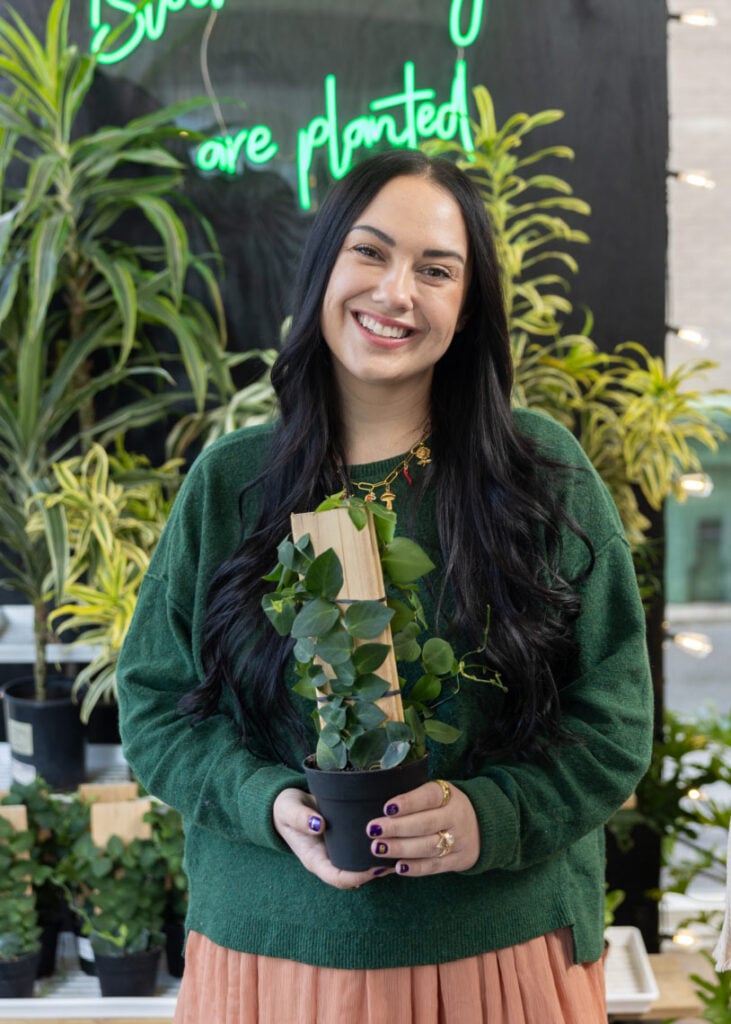
Lehigh Valley plant experts—The Wicked Botanist, Steel City Plant Co., Plants + Coffee and Houseplanted—all agree that when everything felt so out of control, caring for houseplants gave people in lockdown a purpose. Houseplants brought the outside world inside.
“We saw the interest in houseplants really surge,” says Angela Stein, owner of Steel City Plant Co., which is housed in Easton’s Belleville Market. “We were all looking for a way to stay busy, yes, but to make our inside spaces happier, and to give ourselves an outlet for some of that pent-up energy. It felt good to take care of something living.”
As life has returned to mostly normal, houseplants have, well, grown on us.
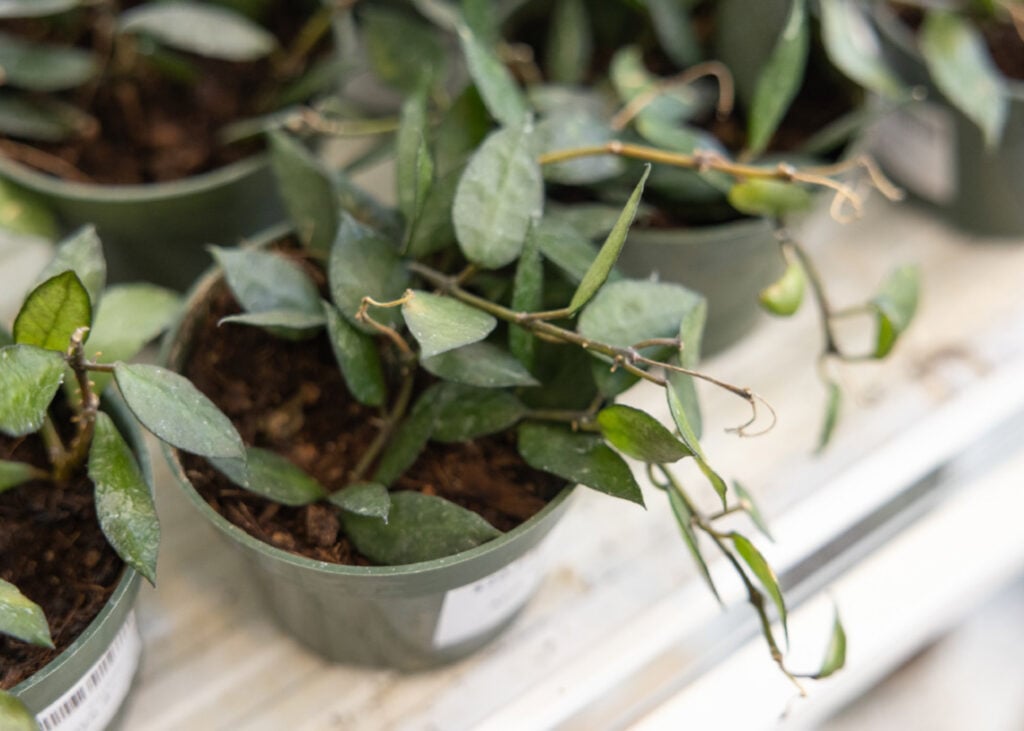
Green is Good
There is no question that greenery has a host of benefits. For decades, it’s been “settled science” that indoor plants can improve air quality. And while that’s not totally untrue, more recent research, notably a 2019 meta-review in the Journal of Exposure Science & Environmental Epidemiology, shows that you’ll need a full-blown indoor forest to really clean the air. That said, houseplants do help remove carbon dioxide and emit fresh oxygen into the air.
Houseplants also have a positive impact on mental health, focus and productivity.
“Plant care is so good for mental health,” says Alyssa Higgins of Houseplanted in Easton Public Market. “It’s gotten me through some tough times.”
A 2020 study from Bulgaria found that during the pandemic lockdown, people who had houseplants or a garden experienced fewer symptoms of anxiety and depression than those who didn’t. And a 2019 review paper found that indoor plants helped increase positive emotions and reduced negative feelings.
Being surrounded by houseplants can also improve focus and productivity. A 2019 experiment found that elementary school children had better attention and concentration when paired with a living plant, compared to those paired with an artificial plant, a photo of a plant or no plant at all. And finally, a small study from 2015 found that people who were tasked with transplanting a plant had reduced levels of physiological and psychological stress than those who had to work on a computer.
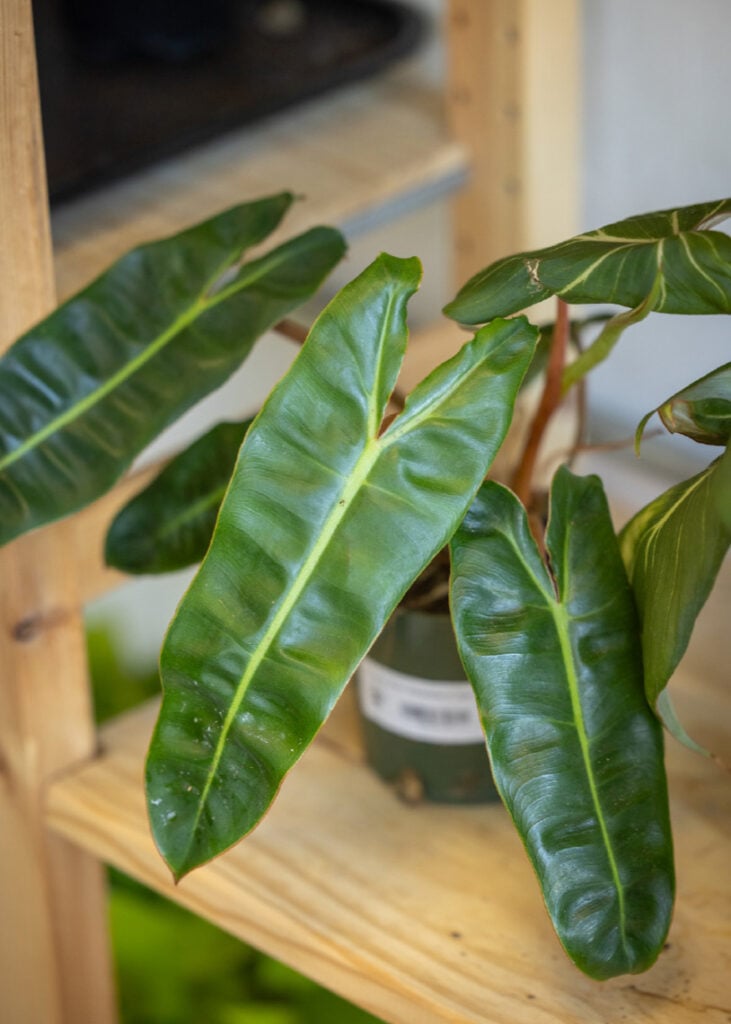
Plant Success
If you step into any of the Lehigh Valley plant shops it can be overwhelming at first—in good and bad ways: You don’t know which plants to buy! And then, you decide you need to have everything in the store! But that’s where plant experts can help.
“There are many variables to choosing the right plant for your location,” says Brandt DeLorenzo, who, with his wife Jenny, co-owns Plants + Coffee in Easton and formerly owned The Curious Plantaholic in Nazareth. He rattles off a list of plants that do well in low light (snake plant, ZZ plant, pothos), ones that love bright light (hoyas, succulents) and those that fall in between (monsteras, peperomias, philodendrons).

Light is a huge factor when choosing a houseplant. For parts of your home or office (or other indoor space) that struggle to get enough natural light, experts recommended Soltech, a Bethlehem-based company that’s garnered national attention for designing and manufacturing high-quality, chic grow lights.
DeLorenzo says humidity is an oft-overlooked factor when people choose plants for their indoor spaces. But many plants won’t make it if they don’t have the right humid conditions. He explains that plants destined for your homes are grown in a greenhouse, with a tropical environment. The plants acclimate a bit when they go to a houseplant store, which will have less humidity or light than a greenhouse, but still more than a typical home. Finally, the plants will need to acclimate when you bring them home.
“It’s hard to create humid conditions in the winter,” DeLorenzo says. “There’s not much we can do when we’re heating our homes.” Forced air and pellet stoves, for example, tend to be very dry, with radiant heat only slightly better. He recommends using small humidifiers during the winter months to add some moisture to the air. You can also place a small plate under your potted plants, which can help retain moisture after watering.
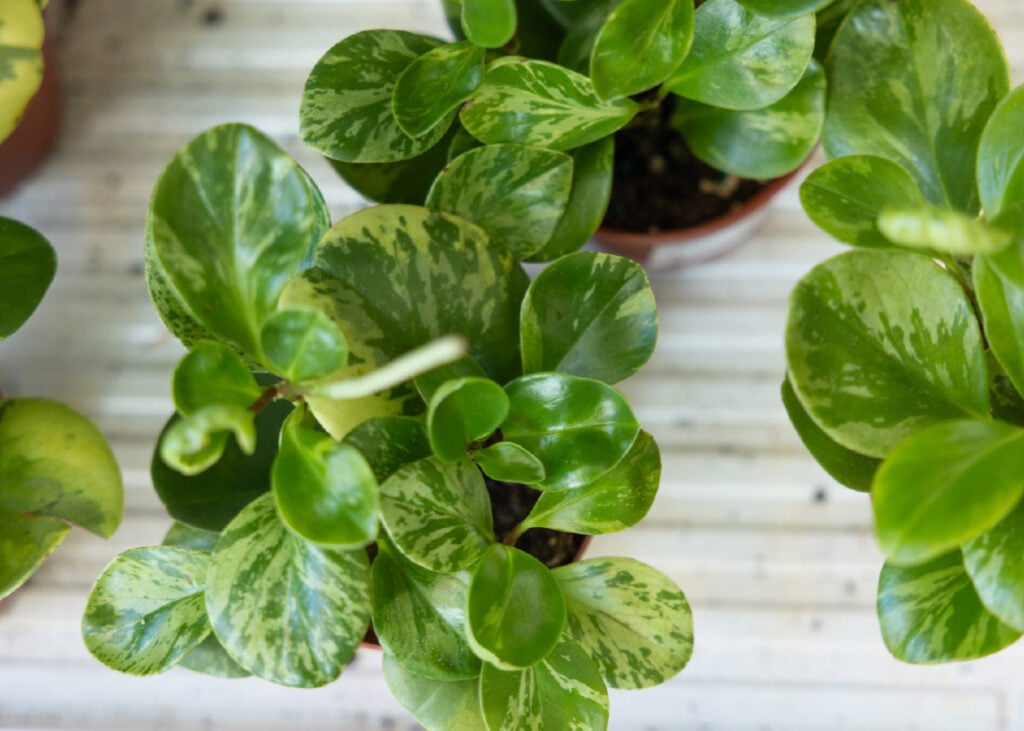
Maintenance is a crucial piece to consider when choosing a houseplant. That includes watering (many people overwater their plants), fertilizing and tending to the soil, which contributes to how much your plants will thrive. Snake plants, for example, don’t need much water, light or attention and they’ll do just fine, says Dawn Ash, owner of The Wicked Botanist, which has locations in Bethlehem and Whitehall. But snake plants are toxic to animals—another thing to think about when shopping for plants.
“Slowly you’ll become an expert with the plants you own,” DeLorenzo says.
Living Design
There’s no question that many folks who are interested in houseplants are in it for the décor. A pop of green adds actual life to a space and connects us to the outdoors. And so long as you’re treating plants as what they are—living things—using them in your home design can be beautiful.
Higgins, of Houseplanted, approaches indoor plants as an interior designer. That means her shop is set up in a way to inspire plant lovers to use plants as home or office design. She wants to bring together the artistic aspect of plants and the nurturing part of caring for them.
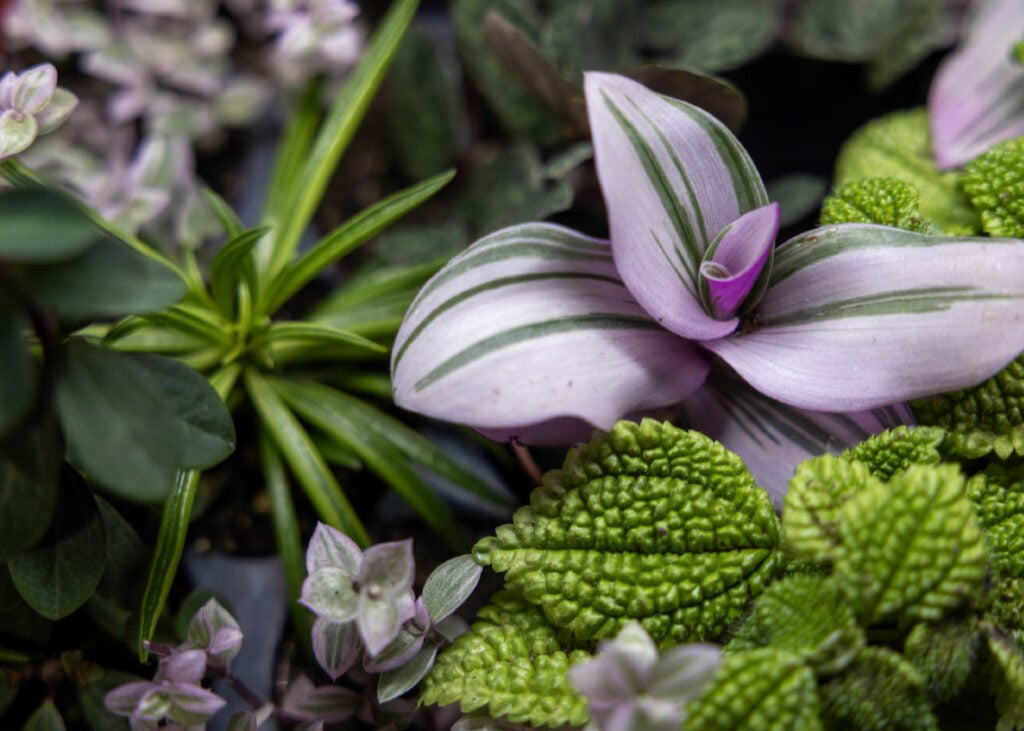
“Plants help bring us back to our roots,” Higgins says, no pun intended. “They’re healing. And you can create a safe space, a zen space, to decompress and reconnect with yourselves.”
Higgins says you don’t need an entire house or even an entire room to thoughtfully design with plants. A shelf, she says, can be carefully curated to help a plant thrive and beautify your space.
Grow Get 'Em!
These are our experts’ go-to plants for indoor spaces:
Snake Plant (Dracaena trifasciata): The long, pointed leaves (many with a splash of yellow) add height to your space. These low-maintenance plants don’t need much light or water. They are toxic to pets.
ZZ Plant (Zamioculcas): Similar to the snake plant, the ZZ plant is pretty low maintenance. Its leaves add texture to your space. They are toxic to pets.
Pothos (Epipremnum aureum): These vine-like plants might be what you think of when you think of houseplants, says Brandt DeLorenzo of Plants + Coffee. They are known for their trailing properties and can be trained to climb. They are toxic to pets.
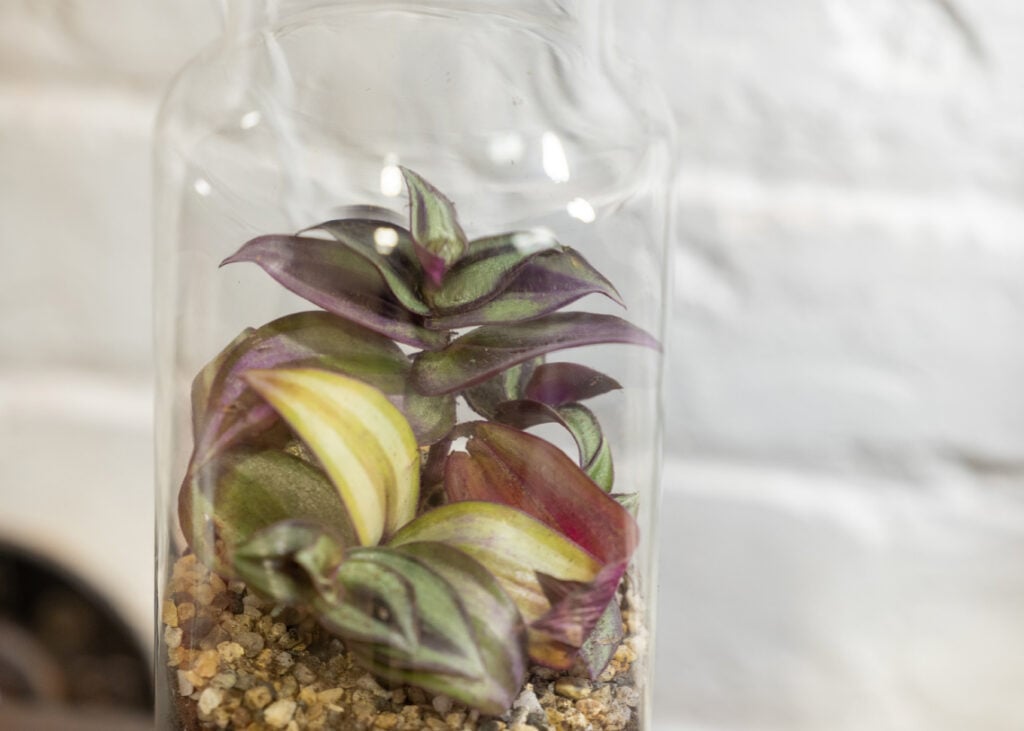
Chinese Money Plant (Pilea peperomioides): This pet-friendly plant can grow leaves up to four inches in diameter. You can train them to grow up or let them fall over and trail.
Hoya (Hoya): Another pet-friendly plant, the hoya comes in many varieties. They’re succulent-esque, which means they like to dry out but don’t need quite as much direct light as a traditional succulent.
Don't Moss Around!
Plant experts will be the first to tell you that plants die. It happens. But here’s how to steer clear of common pitfalls.
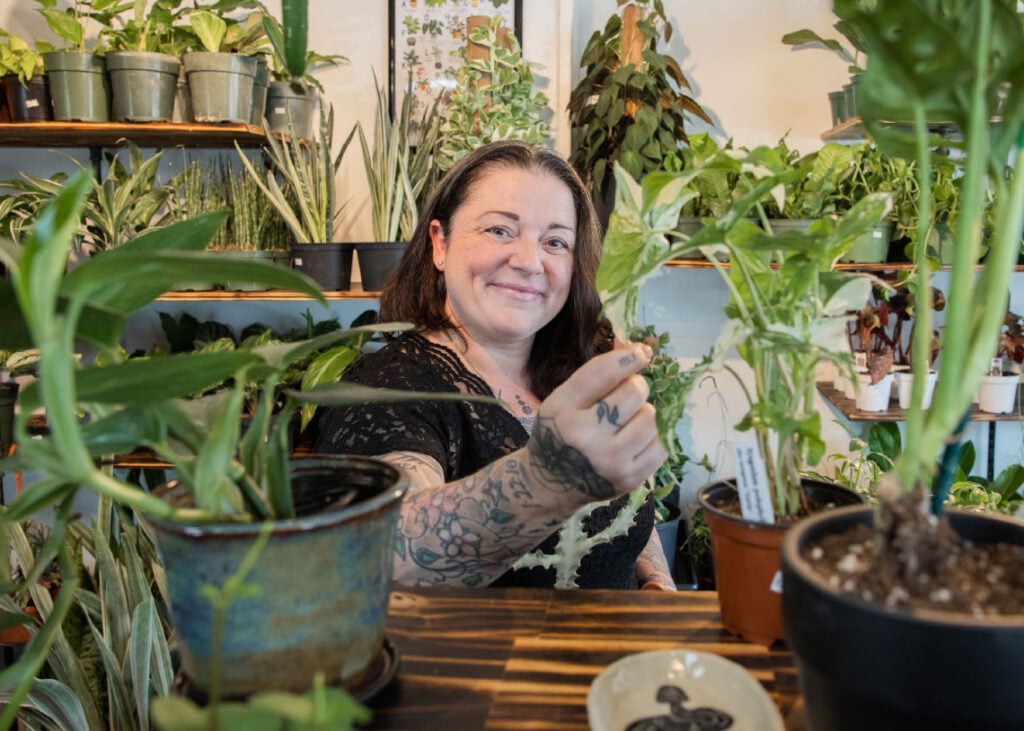
Embrace the Nursery Pot!
Dawn Ash of The Wicked Botanist tells her customers to keep their plants in the nursery pots (little plastic pots in which most plants come home) for as long as possible. The roots should be “spilling out” of the top and bottom before you consider repotting. And when you do repot, move up just one size, for example, from a 4-inch pot to a 6-inch pot. This will prevent you from drowning your plant, whose roots won’t be big enough to drink all the water in a big pot.
Make a Schedule
Ash likes to water her plants on Sundays. But for those that need less water, like a snake plant or ZZ plant, she lines them up with a bill—like a mortgage or monthly utility. If you can’t remember if you watered one week or one month, she advises skipping the next watering session to avoid overwatering.
Use a Water Meter
Chances are, you’re overwatering your plants. Unless it’s a fern, most plants like to dry out before getting another drink. Ash recommends using a water meter even if you’re following a watering schedule; for example, plants may need water more frequently during some parts of the year.
Shower Your Plants
(With love!) And also water. Ash gives her plants a full shower once a month to wash away dust, pests or anything else that can cover the leaves and prevent them from soaking up enough light. She brings the smaller plants (4-inch and 6-inch pots) into the sink and runs water over them. In the warmer months, she’ll bring her big pots outside and rinse them with a hose.
Outsider Tip
In the warmer months, bring your indoor plants outside to spruce up your front step, patio or deck. Be mindful of direct sunlight; windows provide protection against harsh rays even if your plants are right up against the glass. Outside, make sure they’re shaded, and before you bring them back in in the fall, check for pests.
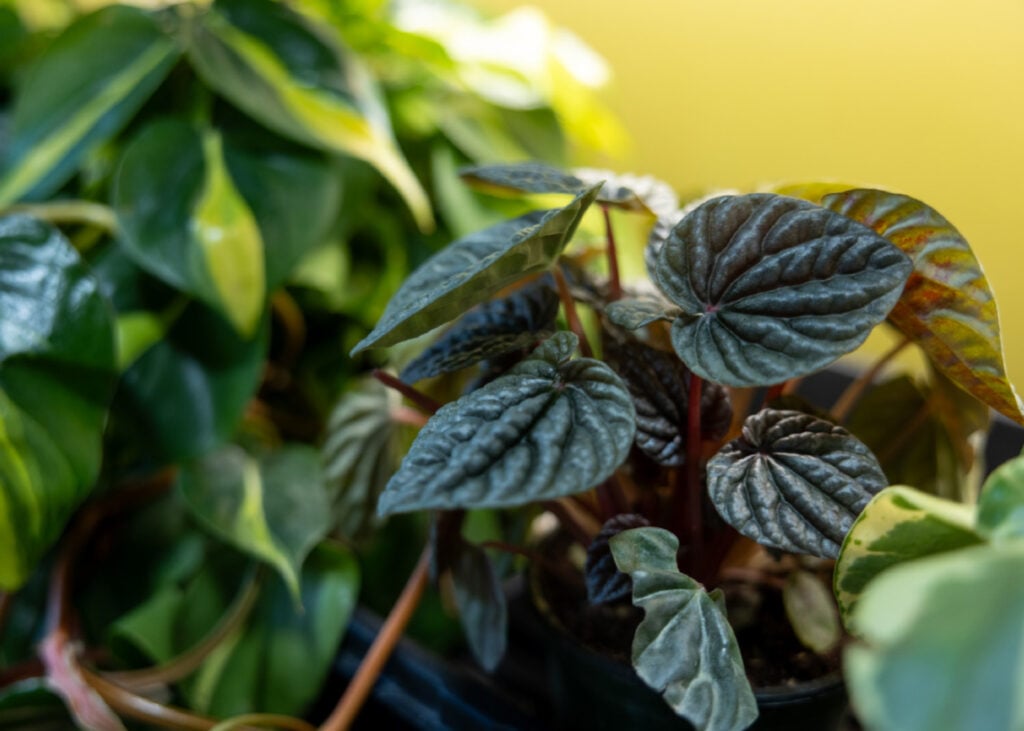
Published as “Home Is Where the Plants Are” in the April 2025 edition of Lehigh Valley Style magazine.
















